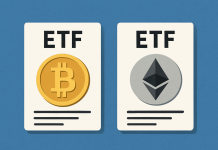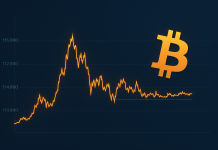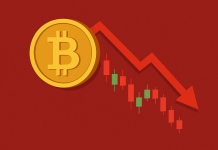[ad_1]
Years of growth, trillions in government bonds, and substantial capital sought from outside investors may see a U-Turn in the coming days as Japan’s prized economic policies were found to be reliant on fraudulent data.
As per estimates, over 40 percent of Japan’s 56 economic policies contain errors, casting a shadow on all of the country’s analysis and reports generated over the years.
Faulty Methods
Research methodologies – for all their benefits – suffer from a critical point-of-failure; that of sampling a small set of respondents and basing conclusions on limited, oft-skewed responses. And it seems like an integral division of Japan’s economic policymakers did not catch a drift of this false methodology until recently.
Officials of the country’s Labour Ministry were found to survey only a third of Tokyo’s large businesses – those with 500 employees and more – to collate a data model for detailing all of Japan’s growth. But such firms typically pay the average worker more than the average small or medium-sized enterprise, meaning wage estimates have been remarkably far-off.
Labour officials have agreed their blunder has cost 19.7 million people over $490 million (53.7 billion yen) in unpaid benefits. Add to this the cost of updating computing systems to rectify the error, and Japan faces a colossal $759 million (79.5 billion yen) bill in damages.
Prime Minister Shinzo Abe is left understandably red-faced. The lapse – apart from political doubts and huge costs – creates uncertainty for all of Japan’s economic models and even the Bank of Japan’s (BoJ) ambitious growth reports generated over the years.
Abe has commissioned a paltry $5.9 million to next year’s fiscal budget to make up for losses, while twenty-two officials responsible for the lapse face strict action – including Labour Minister Takumi Nemoto.
Bank of Japan to Recalculate Growth Figures
Several growth figures have been amended to account for the error. Japan’s annual pay growth until June 2018 was earlier estimated at 3.3 percent but has been slashed to 2.8 percent. Also, the BoJ is reconsidering its key indicators to calculate inflationary pressure – the prior models relied on wage figures from the Labour Ministry to determine purchasing power and disposable income, but with the scandal, may not be as high as previously thought.
The Bank of Japan now awaits the result of a government investigation before conducting its own recalculation. Source: Shutterstock
The BoJ is heavily dependent on the Labour Ministry for over sixty of its growth diagrams, including nominal wages, individual income, consumer spending. While latest reports last week show – and have been showing – positive growth and increased spending, a lot of recalculations are in order before Cabinet elections in March 2019.
Once again, (central) bankers have proved to be responsible for a colossal mess in analyzing critical growth figures, income rates, and creating a reliable model to trust. But it seems like Japan’s envied growth rates extending from far ago may have been gross overestimations all along.
BoJ Continues to Shun Crypto
Despite the unexpected use of fraudulent data to create financial projections, BoJ Governor Masayoshi Amamiya has continued to maintain a negative outlook for cryptocurrencies. As reported by CCN, Amamiya noted there “was quite a hurdle” for digital currencies to overcome fiat payments in the nation. His comments came even though Japan’s authorities look to augment crypto-payments ahead of the Tokyo Olympics in 2020.
Still, the data lapse and eventual faulty reports mean BoJ must look towards newer, more accountable methods of tracking money in the country. With cryptocurrencies, analyzing the underlying blockchain gives a credible source for basing one’s research upon, without the need to record identities. For more sophisticated techniques – not that this is recommended – banks could access each wallet’s associated personal details via a third party exchange, ensuring no figures are manipulated, lost, or undermined in the process of creating critical research reports.
[ad_2]
Source link



